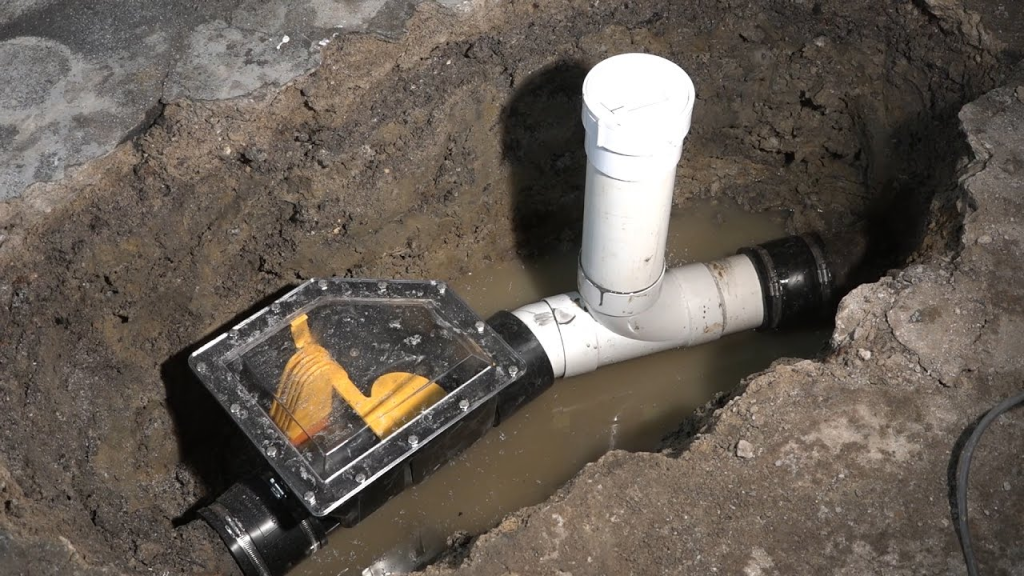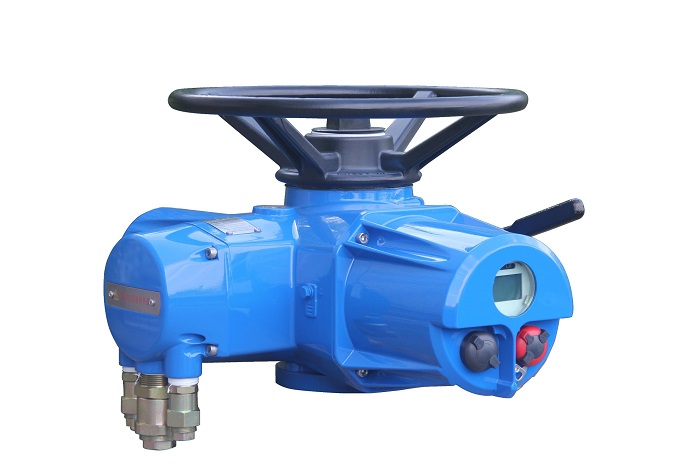The Utility of Pliers: Essential Tools for All Tasks
Pliers are fundamental tools found in every toolbox, valued for their versatility and practical use. Whether you’re a seasoned professional or a DIY hobbyist, pliers serve a wide range of functions, from gripping and bending to cutting and twisting. This article will cover the various types of pliers, their applications, and tips on how to select the right ones. We’ll also touch on how pliers are used in specialized applications, such as geocell slope sections.

What are the different types of pliers?
Pliers come in various designs, each tailored to specific tasks:
- Needle-Nose Pliers – Ideal for precision tasks, such as bending small wires or reaching confined spaces.
- Slip-Joint Pliers – Versatile tools with an adjustable pivot, suitable for handling various sizes of objects.
- Diagonal Pliers – Primarily used for cutting wires and cables with accuracy.
- Channel Lock Pliers – Designed for gripping larger objects, such as pipes, with jaws that can adjust for a secure hold.
Choosing the right type of pliers ensures that you can handle any project efficiently and safely.
How should you use pliers properly?
To use pliers effectively, consider these guidelines:
- Firm Grip – Always grip the handles securely to prevent slipping and potential injury.
- Select the Right Pliers – Use the appropriate pliers for the task at hand to avoid damaging the tool or material.
- Avoid Excessive Force – Over-twisting can damage both the pliers and the material, particularly if it’s delicate.
What materials can pliers handle?
Pliers are adaptable tools that can work with a variety of materials:
- Wires – Ideal for gripping, bending, and cutting different types of wire.
- Metal Sheets – Locking pliers are effective for holding or bending metal sheets during fabrication.
- Pipes – Channel lock pliers are designed to grip and turn pipes or cylindrical objects.
Their versatility makes pliers essential for working with materials ranging from soft metals to rigid pipes.
How do pliers assist in specialized tasks like geocell slope sections?
In specialized tasks, such as constructing or maintaining geocell slope sections, pliers are crucial. They are used to secure geocell panels, twist connectors, and trim excess material. The precision offered by certain types of pliers ensures that installations are both secure and accurate, which is vital for the stability of the slope.
Pliers are indispensable tools that offer a wide range of applications, from everyday tasks to specialized projects like geocell slope sections. By selecting the right pliers and using them correctly, you can achieve safe and effective results in any project.


